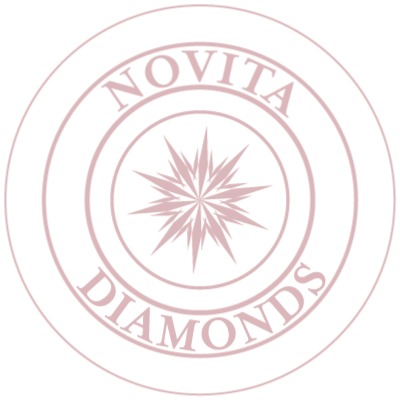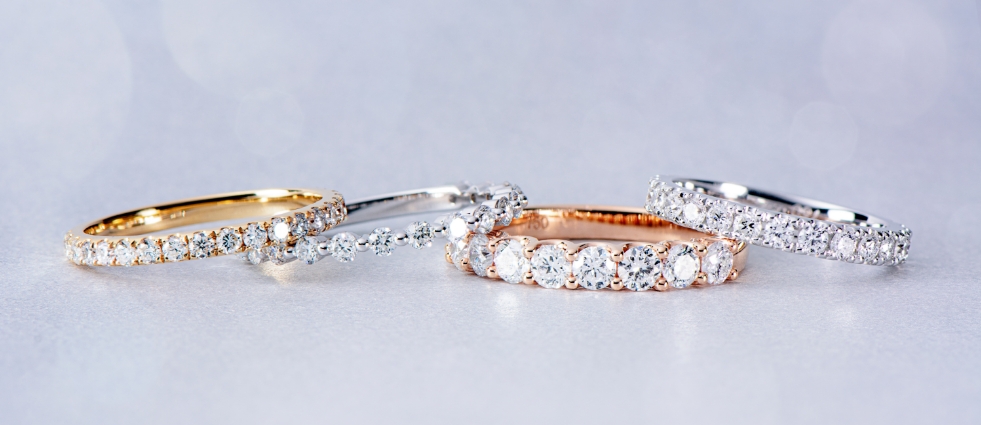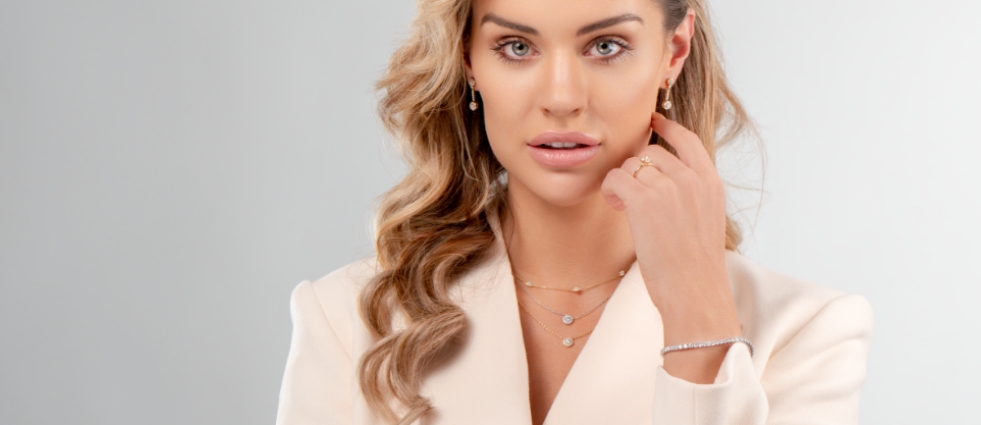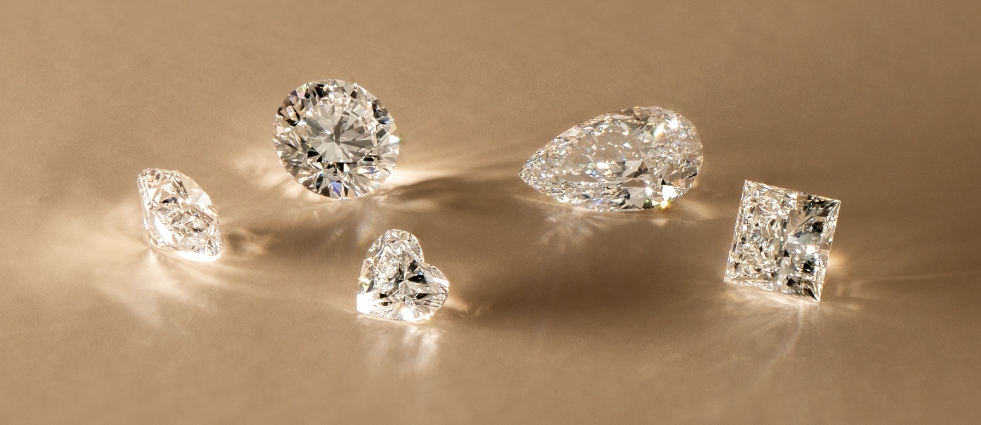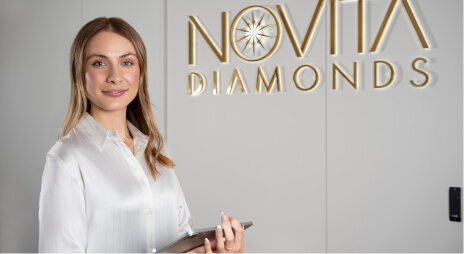Diamond simulants, primarily moissanite crystals, are increasingly being sold by companies seeking to take advantage of customer.
In light of the abundance of misconceptions about moissanite and other diamond simulants, we asked Sam, one of our top gemmologists at NOVITA DIAMONDS, to write a short but hopefully eye-opening article that will clarify all the misconceptions about moissanite and explain how they differ from real diamonds. You have the right as a customer to make informed decisions based on facts and not on marketing claims.
DO DIAMONDS AND MOISSANITES LOOK THE SAME?
SIMILAR OR DIFFERENT?
Our goal here is to explain the differences in straightforward terms so you can tell them apart easily.
The first difference is the way they look. Moissanites usually have a deeper tint than diamonds. Moissanites have an average colour of "J" if evaluated using the same colour grading system used for diamonds, where the scale goes from "D" to "Z". "J" stones are very brown in colour that is immediately apparent to the naked and untrained eye, and are not recommended for purchase.
Despite this, some companies were still offering moissanite of the "H" colour, based on their bold claims. Independent experts have not yet verified the existence of moissanite of the "H" colour. In my position as a gemmologist, I have inspected many moissanites, but have never encountered a moissanite of the "H" colour. As a result, most moissanites sellers attempt to make a quick profit by exploiting unwary consumers.
There is also a noticeable difference in sparkle colour between diamonds and moissanites, even to the naked eye. Moissanite's sparkles appear rainbow-like, while diamond's sparkles are pure white. Moissanites are all pleochroic, which means they show multiple colours when they are viewed from different angles – this is why diamonds and moissanites differ in sparkle colour. The double refractive properties of moissanite are what gives them their gawdy appearance; this is something that is only found in moissanite and never found in diamonds. Unlike moissanite, diamonds have optical properties that are consistent; their sparkles retain their colour no matter where they are viewed. You can easily tell the difference by examining moissanite from the top, paying attention to where the facets join- you'll find two joints instead of one.
The recent claim by companies that a new method of cutting moissanite prevents double fractions from forming is not surprising. As a result of double fraction being intrinsic to the material, no novel cutting method can bypass it from occurring, this claim should be regarded with extreme scepticism.
